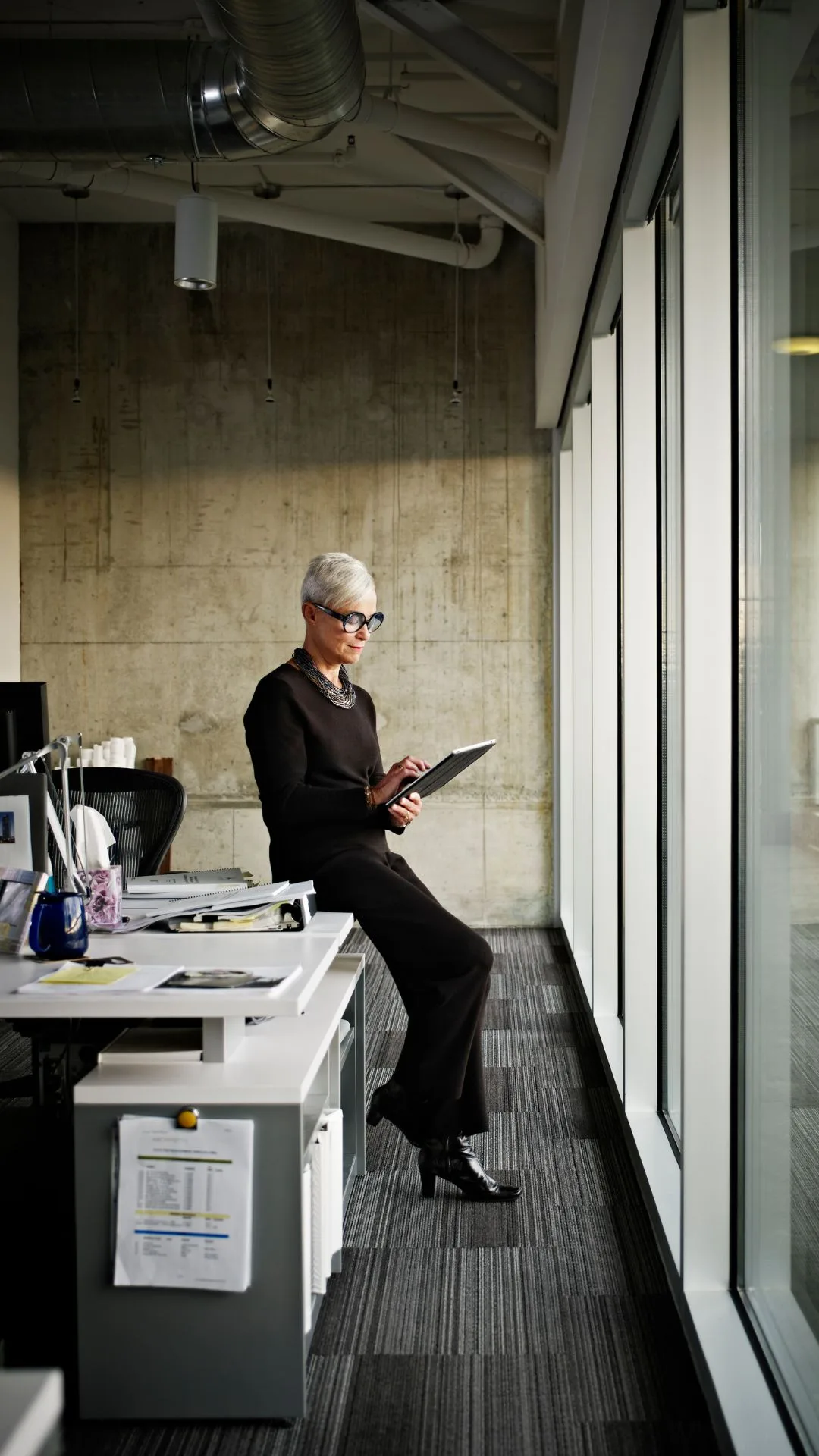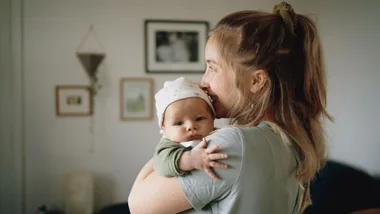The Economist has released their annual glass-ceiling index (GCI), revealing the top locations to be a working woman in 2024.
For the second year in a row, Iceland claimed the top spot, with Sweden, Norway, Finland and France not following far behind.
The Index ranks 29 Organisation for Economic Co-Operation and Development (OECD) countries—a group made of of mainly wealthy nations—to see where women have the best and worst chances of equal treatment in their careers.
To determine where each country is placed, every country is ranked against 10 indicators that include things like parental leave, wage gaps, salaries, Labor-force participation, political representation and flexible work opportunities.

Where Did Australia Place In The Glass Ceiling Index?
Compared to last year, Australia has had a significant improvement, having climbed five places to number 10. New Zealand isn’t far behind, coming in at number 13.
While the Nordic countries continue to dominate the top of the scale, women in Korea, Japan and Turkey face the biggest career challenges and are ranked last for the 12th year in a row.
Unfortunately, the United States and Britain both dropped places.
Both countries have significantly highest wage gaps, and the States’ still don’t offer any paid parental leave.
Despite this, the US boast the highest measure for women in management at 42.6%.

The data brings to light a number of significant issues, including the fact that in almost every country, women make up a greater proportion of university-educated people and despite this, a lower share of the workforce.
In Greece and Italy, less than two thirds of women are in the labour force.
The other takeaway is that women are still paying a motherhood penalty.
It shows that while 95% of men between the ages of 25 and 54 are employed, only 52% of women are.
While some countries, such as the Nordics, are generous with the length of paid maternity leave, others are less. America is the only country where the government doesn’t offer paid maternity leave. However, the data also highlights the importance of paid paternity leave in empowering women.
It’s clear that while we’ve come a long way, there’s still a significant way to go for most countries.
 Getty
Getty

